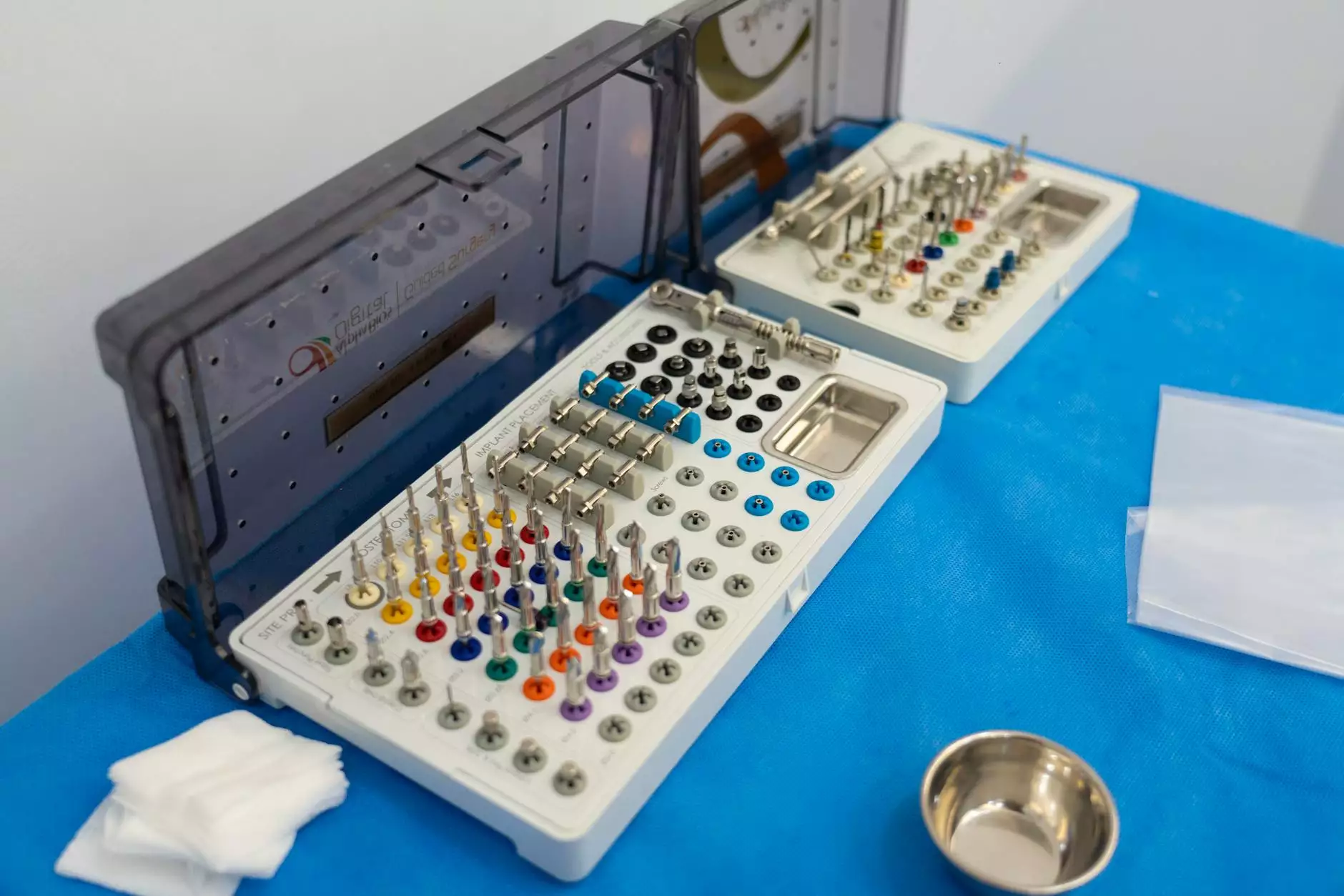BPPV and Tinnitus: An In-Depth Overview

Benign Paroxysmal Positional Vertigo (BPPV) and tinnitus are two conditions that can significantly impact the quality of life for those affected. Although they are distinct issues, they sometimes occur together, leading to confusion and discomfort. This article will explore their characteristics, how they are related, and the latest insights into their management, with a focus on holistic health perspectives. Whether you are experiencing symptoms yourself or seeking information to help someone else, understanding BPPV and tinnitus is crucial.
Understanding BPPV
BPPV is a common vestibular disorder characterized by brief episodes of vertigo—an overwhelming sensation that you or your surroundings are spinning. It occurs when tiny calcium carbonate crystals, known as otoconia, dislodge from their usual location in the inner ear and move into one of the semicircular canals. This improper positioning disrupts the normal fluid movement and can trigger vertigo when a person changes their head position.
Symptoms of BPPV
- Intense dizziness during head movements.
- Balance issues and risk of falls.
- Nausea or vomiting.
- Feeling lightheaded or unsteady.
Understanding Tinnitus
Tinnitus is another condition that affects millions globally. It is characterized by the perception of noise or ringing in the ears without an external source of sound. Tinnitus can be constant or intermittent and can vary in loudness, often exacerbated by stress or fatigue. While it is not a disease itself, it is frequently associated with underlying health conditions, including hearing loss.
Symptoms of Tinnitus
- Ringing, buzzing, hissing, or clicking sounds in the ears.
- Distraction and difficulty concentrating.
- Sleep problems due to the persistent noise.
- Emotional distress and anxiety.
The Connection Between BPPV and Tinnitus
The coexistence of BPPV and tinnitus poses a unique challenge for healthcare providers and patients alike. While they have separate causes and mechanisms, there are key aspects to consider:
Shared Risk Factors
Both conditions can stem from similar underlying factors, including:
- Aging: As we age, the risk of vestibular disorders and hearing loss increases, leading to a higher chance of experiencing both BPPV and tinnitus.
- Inner Ear Health: Conditions affecting the inner ear, such as infections, head injuries, or Ménière’s disease, can contribute to both BPPV and tinnitus.
- Stress and Anxiety: High-stress levels can exacerbate symptoms of both conditions, demonstrating a psychological element that may intertwine their effects.
Mechanisms of Interaction
Some studies suggest that individuals experiencing BPPV are more likely to report tinnitus symptoms. The vestibular system and the auditory system are closely linked, indicating that issues within the vestibular apparatus could also affect auditory perceptions, resulting in tinnitus symptoms. Furthermore, episodes of vertigo and the anxiety accompanying them can heighten a person’s awareness of tinnitus, thus amplifying the perceived impact of both conditions.
Diagnosis and Treatment Options
Diagnosing BPPV
Diagnosis of BPPV typically involves a thorough assessment by a healthcare professional, including a review of symptoms and a physical examination. The Dix-Hallpike maneuver is often performed to confirm the diagnosis by observing the characteristic eye movements that occur during positional changes.
Managing BPPV
Effective management of BPPV usually includes:
- Canalith Repositioning Maneuvers: Techniques like the Epley maneuver can help relocate the displaced otoconia back to their original location.
- Vestibular Rehabilitation Therapy: Physical therapy aimed at improving balance and compensating for the vestibular deficit.
- Education and Awareness: Understanding triggers and learning to manage head movements can empower patients to minimize vertigo episodes.
Diagnosing Tinnitus
To diagnose tinnitus, healthcare providers often conduct a comprehensive hearing evaluation and history review. It is essential to distinguish between subjective and objective tinnitus to identify any underlying causes.
Managing Tinnitus
While there is no definitive cure for tinnitus, several management strategies can alleviate the symptoms:
- Sound Therapy: The use of white noise machines, hearing aids, or ear-level sound generators can mask tinnitus sounds, making it less noticeable.
- Cognitive Behavioral Therapy (CBT): Psychological counseling can help address the emotional distress and anxiety that accompany tinnitus.
- Medications: Some patients benefit from medications to reduce anxiety and improve overall well-being, though these do not directly affect tinnitus.
Health & Medical Insights from Summertown Audiology
At Summertown Audiology, we emphasize the importance of incorporating comprehensive diagnostic techniques and personalized treatment plans for managing BPPV and tinnitus. Our trained specialists are adept at offering tailored advice and solutions catered to each patient's unique needs, enhancing their quality of life.
What to Expect in an Audiology Consultation
When visiting Summertown Audiology, you can expect a thorough evaluation, which may include:
- Detailed Medical History: We will discuss your symptoms, medical background, and any potential triggers you may have identified.
- Comprehensive Testing: Various tests may be administered to evaluate your auditory and vestibular systems comprehensively.
- Collaborative Treatment Planning: Based on the findings, we will work with you to develop a customized care plan that addresses both BPPV and tinnitus.
The Importance of Awareness and Support
Awareness of conditions like BPPV and tinnitus is crucial for early diagnosis and effective management. Seeking support from healthcare providers and engaging in community resources can significantly enhance coping strategies and overall quality of life.
Living with BPPV and Tinnitus
While living with BPPV and tinnitus can be challenging, numerous strategies can help you cope:
- Education: Understanding your condition empowers you to seek appropriate help and advocate for yourself.
- Support Groups: Connecting with others who understand what you are going through can provide emotional relief and promote resilience.
- Mindfulness and Relaxation Techniques: Incorporating yoga, meditation, or even breathing exercises can help manage anxiety associated with these conditions.
Conclusion
In conclusion, the relationship between BPPV and tinnitus is complex yet manageable with the right awareness, support, and treatment approach. As we learn more about these conditions, it becomes increasingly apparent that individualized care and holistic methods can lead to improved outcomes for those affected. If you are struggling with symptoms, consider reaching out to Summertown Audiology for expert guidance and support. Your journey toward improved health and wellness begins with understanding and taking proactive steps.









